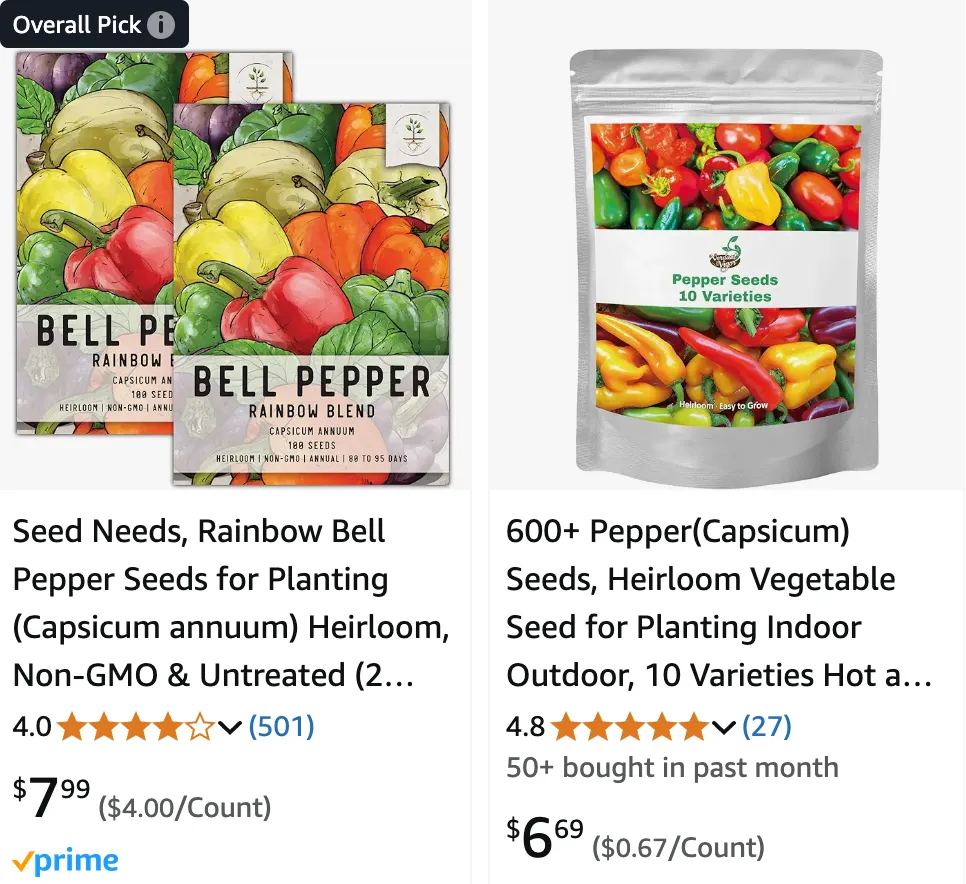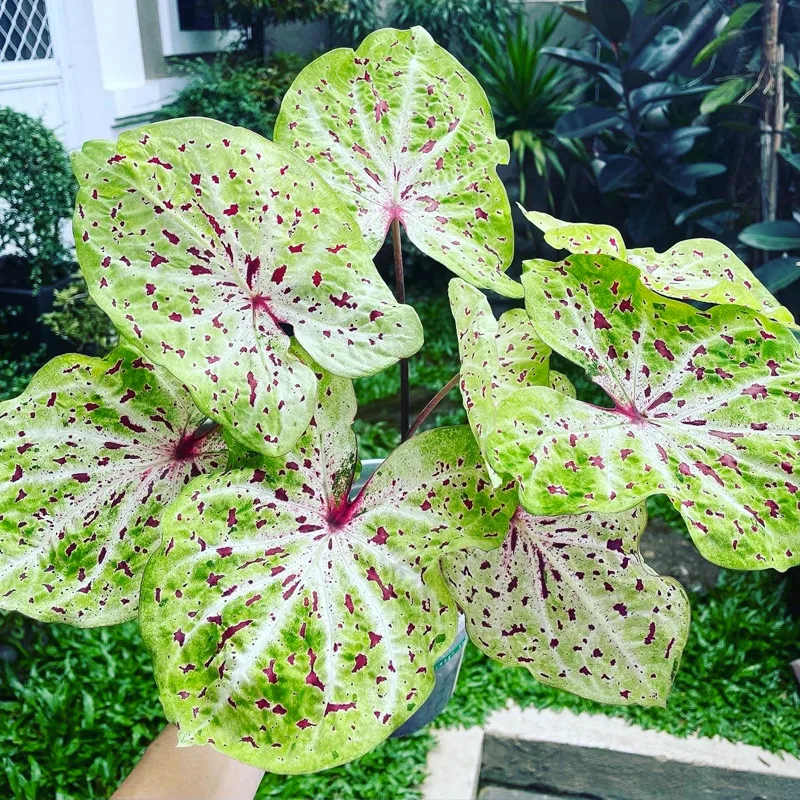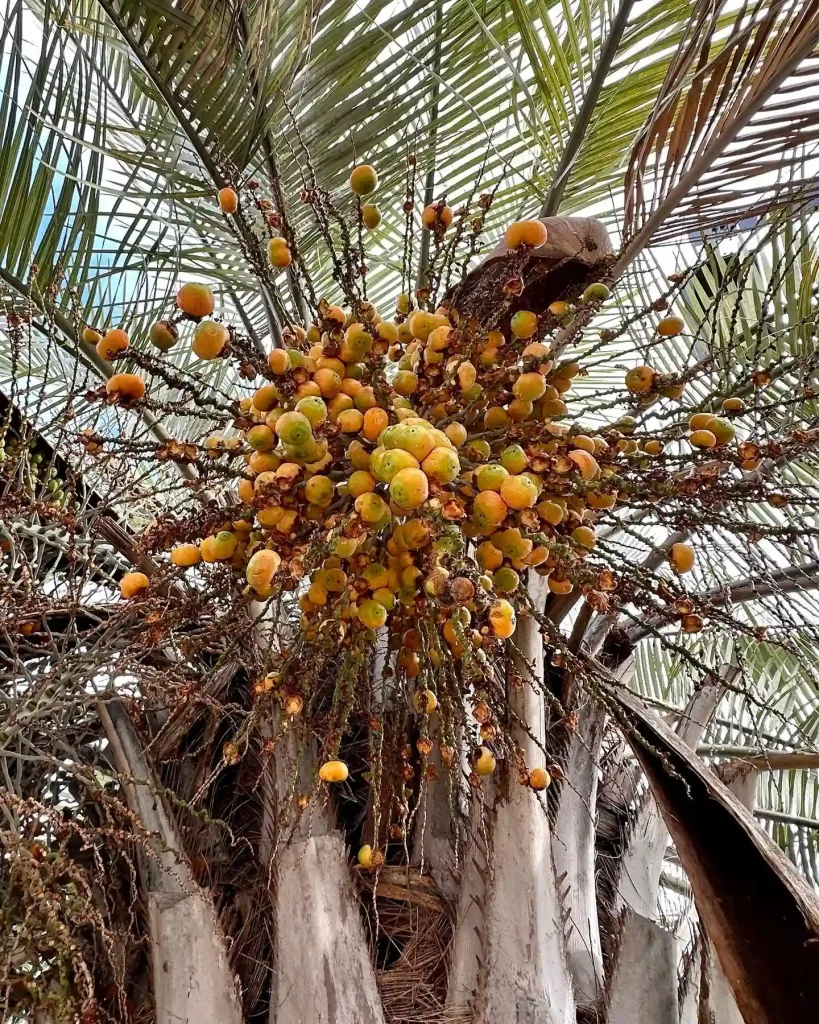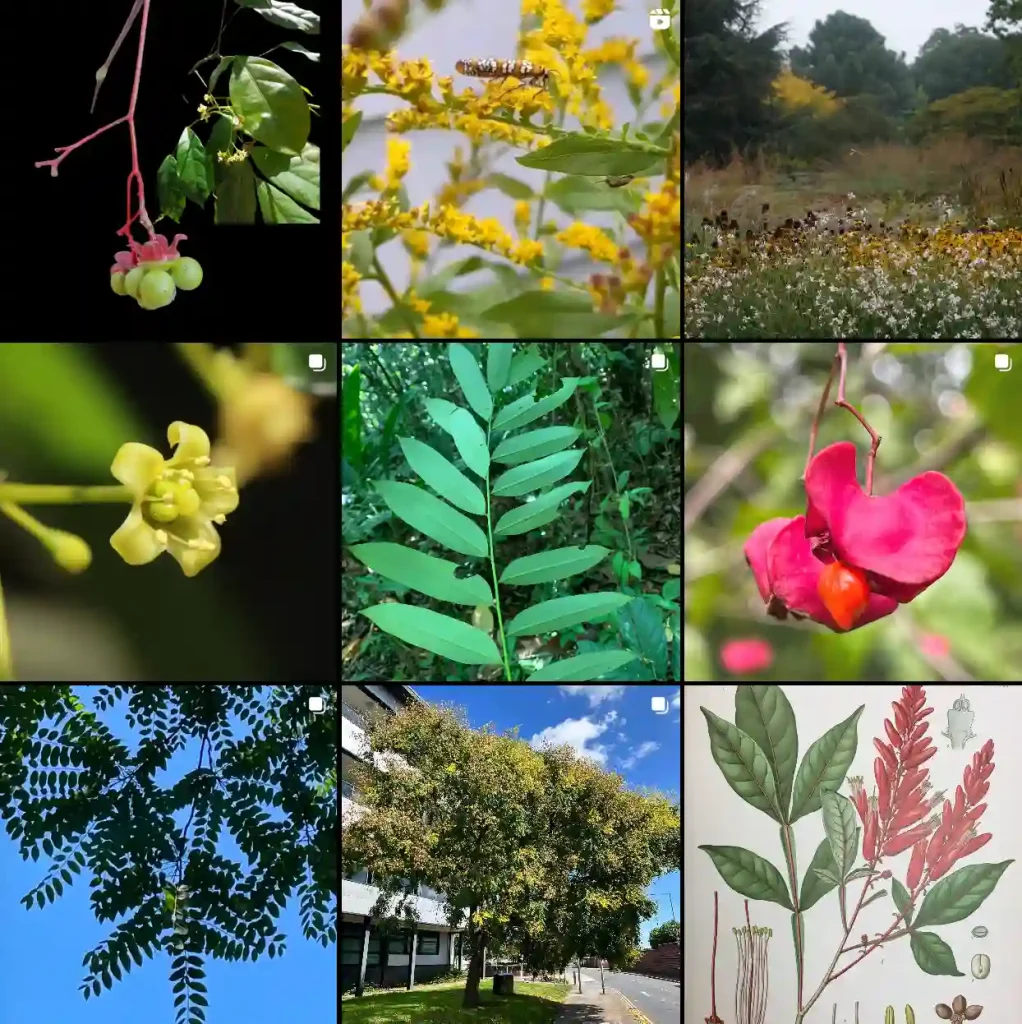
November 22 – Capsicum
"Capsicum, the fiery pepper, represents November 22."
Capsicum symbolizes passion and vitality. You add spice and excitement to life with your energy and enthusiasm. Like its fiery fruit, you are bold and invigorating.
My Love Affair with Capsicum
As Ferb Vu, I’ve always been fascinated by the diversity of life on Earth. From the smallest microorganisms to the largest mammals, every living thing has a story to tell. But among all the organisms that pique my interest, the Capsicum genus holds a special place in my heart.
Capsicum, you see, is more than just a botanical name. It’s a gateway to a world of flavors, a source of culinary inspiration, and a testament to the incredible biodiversity of our planet. This genus of flowering plants, belonging to the nightshade family, Solanaceae, is native to the Americas but has spread its fiery tendrils across the globe.
Why the fascination? Well, it’s simple. Capsicum plants give us chili peppers. Those vibrant pods, bursting with flavor and heat, have become an integral part of cuisines worldwide. From the mild bell pepper to the scorching ghost pepper, the diversity within this genus is simply astounding.
A Taxonomic Tango
The Capsicum genus boasts over 40 recognized species, each with its own unique characteristics and culinary uses. Some of the most notable members include:
- Capsicum annuum: This species is the most widely cultivated and gives us a plethora of peppers, including bell peppers, jalapeños, cayenne peppers, and paprika. Plant FAQs: Capsicum Annuum – Sweet And Chili Pepper
- Capsicum frutescens: This one packs a punch and is known for producing fiery favorites like tabasco peppers. Plant FAQs: Capsicum Frutescens
- Capsicum chinense: Home to some of the hottest peppers on the planet, this species includes the habanero, Scotch bonnet, and the infamous Carolina Reaper. Plant FAQs: Capsicum Chinense
- Capsicum baccatum: This South American species is known for its fruity flavors and includes the popular Aji amarillo pepper. Plant FAQs: Capsicum Baccatum
- Capsicum pubescens: This species, with its hairy leaves and black seeds, gives us the rocoto pepper, a unique and flavorful chili with a distinct heat. Plant FAQs: Capsicum Pubescens
- Capsicum benoistii Hunz. ex Barboza
- Capsicum caatingae Barboza & Agra
- Capsicum caballeroi M.Nee
- Capsicum campylopodium Sendtn.
- Capsicum carassense Barboza & Bianch.
- Capsicum cardenasii Heiser & P.G.Sm. Plant FAQs: Capsicum Cardenasii
- Capsicum ceratocalyx M.Nee
- Capsicum chacoense Hunz.
- Capsicum coccineum (Rusby) Hunz.
- Capsicum cornutum (Hiern) Hunz.
- Capsicum dimorphum (Miers) Kuntze
- Capsicum eshbaughii Barboza
- Capsicum eximium Hunz.
- Capsicum flexuosum Sendtn.
- Capsicum friburgense Bianch. & Barboza
- Capsicum galapagoense Hunz.
- Capsicum geminifolium (Dammer) Hunz.
- Capsicum hookerianum (Miers) Kuntze
- Capsicum hunzikerianum Barboza & Bianch.
- Capsicum lanceolatum (Greenm.) C.V.Morton & Standl.
- Capsicum leptopodum (Dunal) Kuntze
- Capsicum longidentatum Agra & Barboza
- Capsicum longifolium Barboza & S.Leiva
- Capsicum lycianthoides Bitter
- Capsicum minutiflorum (Rusby) Hunz.
- Capsicum mirabile Sendtn.
- Capsicum mirum Barboza
- Capsicum neei Barboza & X.Reyes
- Capsicum parvifolium Sendtn.
- Capsicum pereirae Barboza & Bianch.
- Capsicum piuranum Barboza & S.Leiva
- Capsicum rabenii Sendtn.
- Capsicum recurvatum Witasek
- Capsicum regale Barboza & Bohs
- Capsicum rhomboideum (Humb. & Bonpl. ex Dunal) Kuntze
- Capsicum schottianum Sendtn.
- Capsicum tovarii Eshbaugh, P.G.Sm. & Nickrent
- Capsicum villosum Sendtn.
More Than Just Heat
While the heat of chili peppers often takes center stage, it’s important to remember that Capsicum offers so much more. The diverse flavors, ranging from sweet and fruity to smoky and earthy, make these peppers incredibly versatile culinary ingredients.
Beyond the kitchen, Capsicum plants also hold medicinal and cultural significance. Capsaicin, the compound responsible for the heat, has been used for pain relief and is even being investigated for its potential anti-cancer properties. In many cultures, chili peppers are also used in traditional ceremonies and are believed to have spiritual significance.
FAQs
How many calories in red capsicum?
Red capsicum has about 31 calories per 100 grams.
What is capsicum spray?
It’s a spray made from pepper extract, often used for self-defense.
How to freeze capsicum?
I chop them into pieces, spread them on a tray to freeze, and then store them in airtight bags.
Can chickens eat capsicum?
Yes, they can, but I avoid giving them seeds or overly spicy varieties.
How to make capsicum spray?
Blend capsicum with water, strain it, and put it in a spray bottle.
How to preserve capsicum?
I pickle them, freeze them, or roast and store them in olive oil.
How to save capsicum seeds?
I dry the seeds from a ripe capsicum and store them in a cool, dry place.
Is red capsicum good for you?
Absolutely, it’s full of vitamins A and C and antioxidants.
How to peel capsicum?
I roast it until the skin blisters, then peel it off easily.
How to pronounce capsicum?
KAP-sih-kum—simple and straightforward.
Is capsicum spray legal in Australia?
In most states, it’s restricted and requires a permit.
Capsicum vs capsaicin?
Capsaicin is the compound that gives chillies their heat, while capsicum is the whole pepper.
Capsicum vs bell pepper vs paprika?
Bell peppers are mild capsicums, and paprika is a spice made from ground capsicum.
Capsicum vs cayenne?
Cayenne is a specific type of hot capsicum, while capsicum includes a wide range.
Capsicum vs chilli?
Chillies are spicy capsicums, but not all capsicums are chillies.
Capsicum vs green pepper?
Green peppers are just unripe capsicums.
Capsicum vs lidocaine?
Capsicum has a natural numbing effect, but lidocaine is a synthetic anesthetic.
A World of Flavor Awaits
For me, exploring the Capsicum genus is like embarking on a global culinary adventure. Each species, each variety, offers a unique sensory experience, a new way to experience flavor and heat. Whether I’m adding a touch of spice to my stir-fry with a jalapeño or savoring the complex heat of a habanero sauce, Capsicum always delivers an exciting and satisfying experience.
But it’s not just about the immediate gratification. Learning about the origins, cultivation, and cultural significance of these peppers adds another layer of appreciation for this incredible genus. It’s a reminder of the interconnectedness of food, culture, and the natural world.
So, the next time you encounter a chili pepper, take a moment to appreciate its complexity. Think about its journey from a small seed to a vibrant pod, bursting with flavor and heat. And remember, it’s all thanks to the remarkable Capsicum genus, a true gift to our taste buds and a testament to the wonders of nature.
If i die, water my plants!



